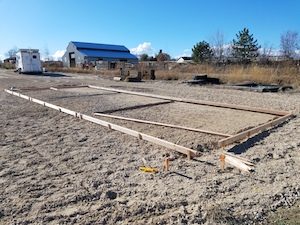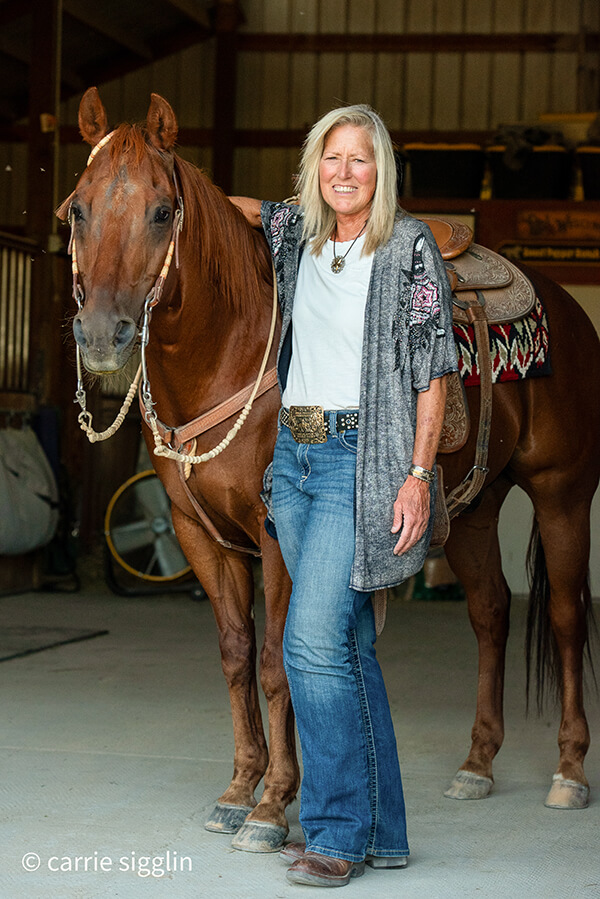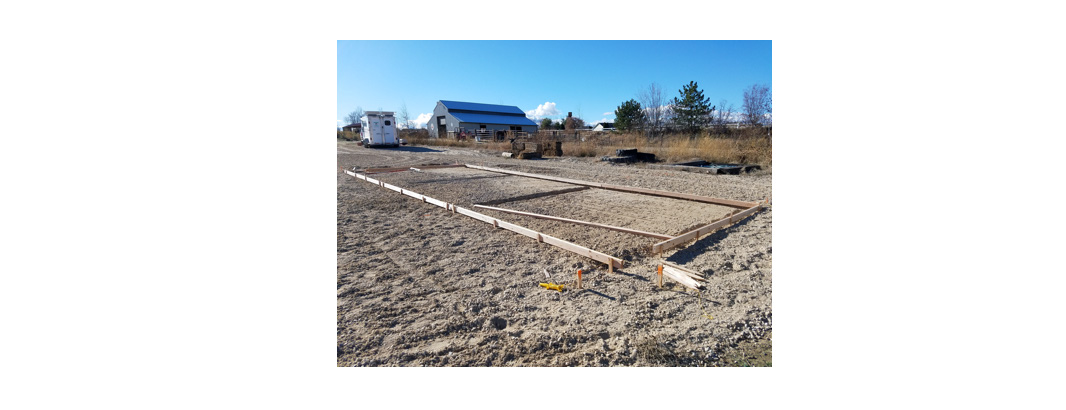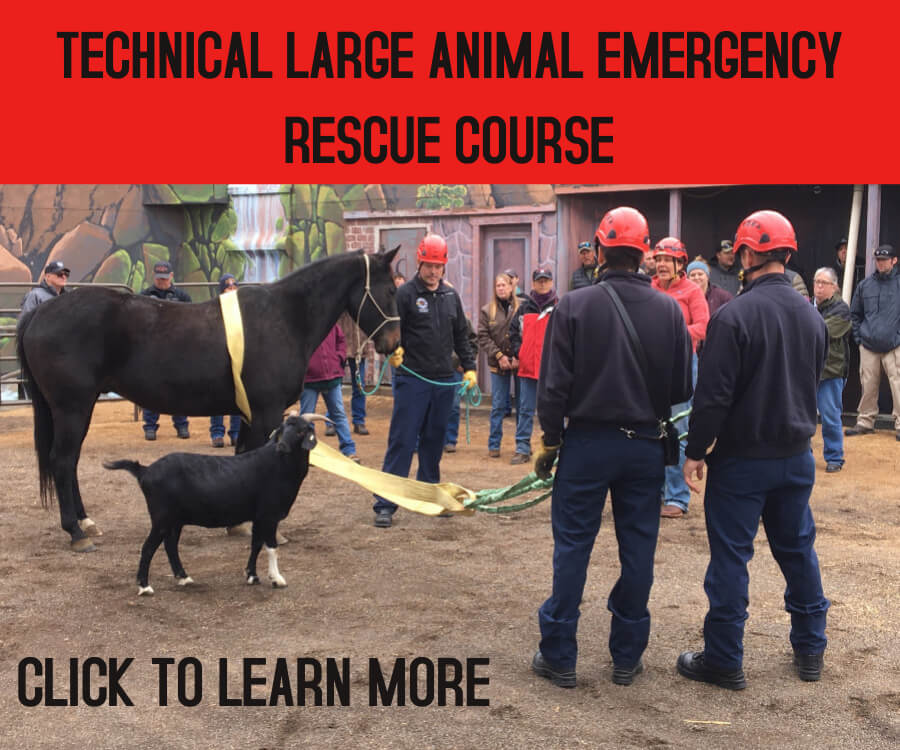Know How Much Manure Your Horses Produces
by Alayne Blickle

Making the chore of manure management efficient is a huge undertaking on a horse property. At our place, Sweet Pepper Ranch in southwestern Idaho, we have around a dozen horses. Some are our horses, some are Matt’s client horses, others are horses being boarded, and then there are our horse motel customers. Manure management is important for us to reduce mud and dust, parasites and pathogens, as well as odors. Plus, it just looks nicer to have manure picked up and the place clean. And compost is a wonderful soil amendment that we apply to our pastures to keep them healthy and productive.
We’ve always composted but now it’s time to upgrade from composting in piles (or heaps, as my mom used to call them) to a more organized, neater system; hence we are building cement compost bins.
A compost system should be convenient so it’s easy-in for the manure and stall waste, and easy-out for the finished compost. We chose a location for our new bins that’s along the driveway, but central to our confinement areas as well as to the pasture where we use the finished compost.
Next, we had to determine how big to make the bins. For that I contacted one of my favorite conservation district farm planners, Jay Mirro, Senior Resource Planner with the King Conservation District in Renton, Washington. If you haven’t yet made acquaintance with your local conservation district, they are wonderful non-regulatory, non-enforcement resources. Their job is to provide landowners with education and technical assistance on a whole array of natural resource issues. There’s a conservation district in every county in the United States, but Puget Sound CDs are particularly geared towards working with horse owners.
I emailed Jay to ask his advice on how big our proposed cement bins should be and he offered me these guidelines and questions to consider:
- One horse generates about 10 yards of manure/year (that’s without bedding and with picking up all manure in confinement areas)
- 12 horses x 10 yards = 120 total yards of manure/year
- One 12’ x 12’ x 4’ bin will hold 21 yards of manure
- Three 12’ x 12’ x 4’ bins will hold 63 yards of manure
- Is six months’ storage large enough?
- Will you spread at least twice a year?
- Is the math on manure production high or low?
- Do you use more bedding/less bedding?
- Do you pick up all manure on your place?
- Do you have outside sources that take your manure/compost?
- Do you have overflow manure storage if you need it?
Using those guidelines, Jay and I concluded that for our 12 horses with no or little bedding use where all manure is picked up daily, three 12′ x 12′ x 4′ bins should be enough for nine months of storage. That’s more than adequate for us as we spread the finished compost twice yearly on our six acres of pasture.
Hopefully these suggestions can be a resource for you, too, as you begin your manure management system!
January Online Course – Horses and Land Management Series
4 Mondays, January 8 – Feb 5, 6-7 PM
Want something horsey to do in the middle of the cold, dark winter? How about an online series, focusing on making winter easier to manage and the coming summer more chore-efficient, leaving more time to ride?
Four weekly online courses, four horse and land management topics—all for $49! Enrollment is limited, please register early to reserve a spot.
Register and find more events and resources on our website, www.horsesforcleanwater.com
Originally Published January 2018 Issue

Alayne Blickle began in the 1990’s as a pioneer in water conservation and natural resources conservation by creating the entrepreneurial consulting business, Horses for Clean Water, an award-winning internationally acclaimed education program that looks for horse-healthy, nature-based solutions to land management challenges. She continues this work today partnering with agencies, organizations, and horse owners throughout North America and worldwide. She is a regularly contributing writer and photojournalist to several equine publications.
Alayne lives with her horse trainer husband, Matt Livengood, in southwestern Idaho where they raise and train AQHA horses and mustangs on their eco-friendly horse ranch. Contact her through the Horses for Clean Water website or through their ranch website Sweet Pepper Ranch.
For more information contact Alayne at [email protected] or 206-909-0225.






